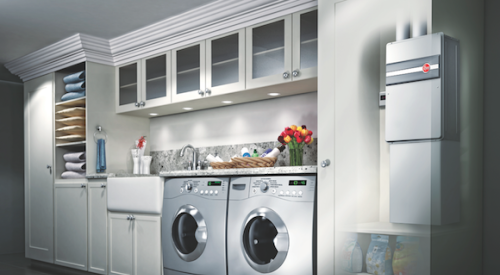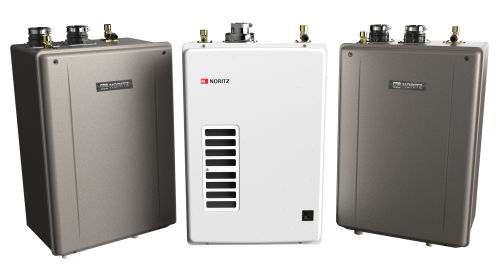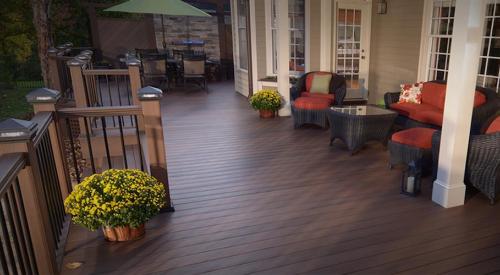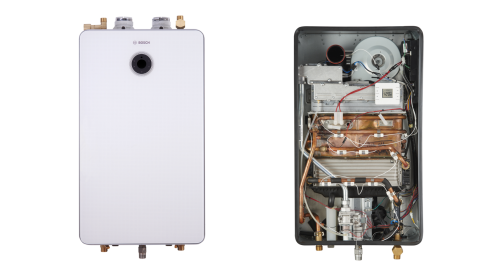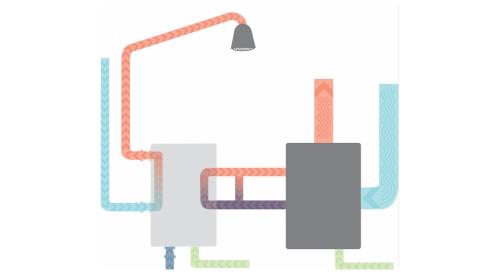
Now that the U.S. Department of Energy’s new residential water heater regulations are in effect, it’s important to understand the new challenges builders and remodelers may be facing. The U.S. Department of Energy announced the regulations in 2010, which requires all units to comply with higher energy-efficiency standards.
The new standards make water heaters more energy-efficient but also impact the cost and physical dimensions of the units – making them more expensive, as well as wider, taller and heavier.
Units smaller than 55 gallons will grow 2 to 8 inches in height and 2 to 6 inches in width. Electric units exceeding 55 gallons will require an additional heat pump, and gas units of the same size will now need a high-efficiency condensing tank.
The larger units will be costly for builders and remodelers, manufacturers and customers. Manufacturers will have to spend more time, equipment and raw material to produce the water heaters, and that cost will be passed on to customers. Builders and remodelers will also have to consider the cost increases to transport and store the larger units.
If space is limited in a customer’s utility closet, a new unit that’s the same gallon size as the former unit will have a bigger footprint, which means it may not fit. There are several options available when faced with this problem, including:
- Upgrade to a compliant unit: Choose an energy-efficient water heater that has a smaller footprint but can produce enough hot water, such as the Rheem XR 90 Model. This unit is under 30 gallons but has the output of a 50 gallon water heater.
- Remodel the space: Redesign the utility space to make room for larger water heaters if the customer wants to keep the current gallon size.
- Add a tank booster: If there are space constraints, consider downsizing to a smaller unit and adding a tank booster, or thermostatic mixing valve. The Cash Acme Heatguard Tank Booster is easy to install and can double the output of hot water. The tank booster is installed on top of the unit so consider another option if there is limited space.
- Choose a tankless unit: Electric and gas tankless units are 99 percent efficient compared to tanked water heaters.
a. Electric tankless units have low installation costs and do not require annual maintenance. These units are also better for the environment because they don’t produce greenhouse emissions.
b. Gas tankless units are ideal for large homes, as they have venting requirements and need annual maintenance. While installation costs are higher for gas tankless water heaters, they are marginally cheaper to manage than electric tankless units.
- Supplement with tankless: Bathroom facelift projects, such as adding a tub, may require more hot water. If space is limited, choose a unit with a smaller gallon size and add a small tankless unit to ensure that the customer has enough hot water.
It’s important to discuss these alternative options and the customer’s water usage, current water heater size and space availability before starting a new project. The regulations will increase the cost of compliant units, but the higher energy efficiency ratings may ultimately save them money.
Visit the Pro desk at your local The Home Depot store or www.homedepot.com/waterheaters to learn more about how to best navigate these new standards.
